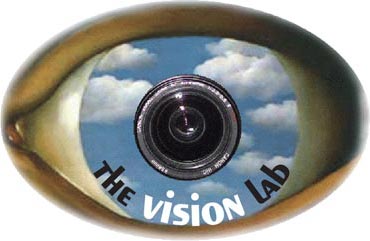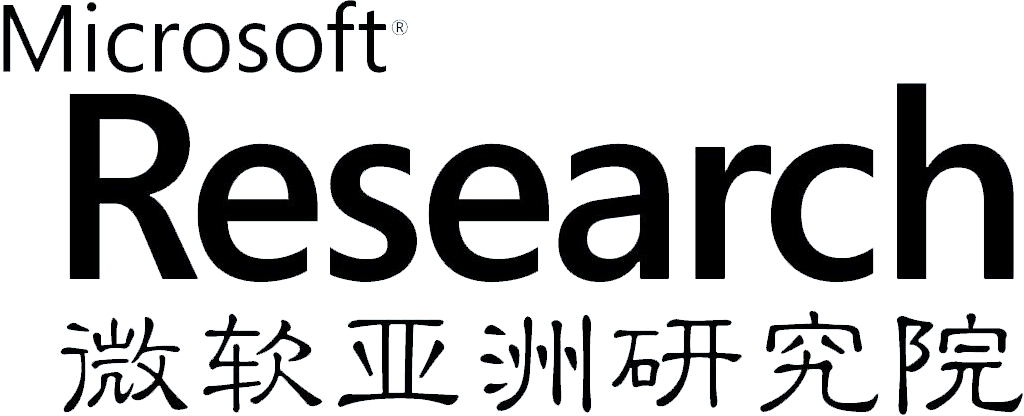A great video title describes the most salient event compactly and captures the viewer's attention. In contrast, video captioning tends to generate sentences that describe the video as a whole. Although generating a video title automatically is a very useful task, it is much less addressed than video captioning. We address video title generation for the first time by proposing two methods that extend state-of-the-art video captioners to this new task.
First, we make video captioners highlight sensitive by priming them with a highlight detector. Our framework allows for jointly training a model for title generation and video highlight localization. Second, we induce high sentence diversity in video captioners, so that the generated titles are also diverse and catchy. This means that a large number of sentences might be required to learn the sentence structure of titles. Hence, we propose a novel sentence augmentation method to train a captioner with additional sentence-only examples that come without corresponding videos.
We collected a large-scale Video Titles in the Wild (VTW) dataset of 18100 automatically crawled user-generated videos and titles. On VTW, our methods consistently improve title prediction accuracy, and achieve the best performance in both automatic and human evaluation. Finally, our sentence augmentation method also outperforms the baselines on the M-VAD dataset.











